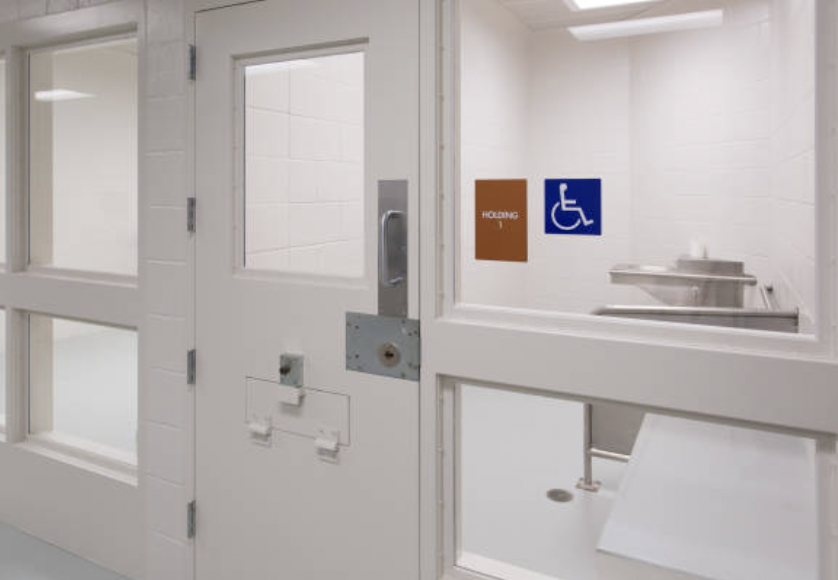
Designing and operating a detention facility requires attention to many crucial details to ensure safety. Every aspect matters in maintaining security and shaping a positive experience for detained individuals, from the layout to the furnishings. Discover more about establishing and maintaining safe jail buildings to provide the best possible experience for inmates and staff.
Keep Safety in Mind
Maintaining safety during sleep, activities, dining, and recreation is critical when designing jails. For example, investing in durable correctional facility tables creates areas for eating, working, and learning throughout the day. Also, choose tables that cannot be moved or broken to reduce the risk of attacks and injuries.
Areas for Life
Jail facilities must provide adequate food preparation, fitness, laundry, and health care areas to accommodate the inmates’ basic needs. Additionally, these places should be designed with sturdy furniture, simple components, and constant surveillance. Verify the safety protocols for every part installed in the facility and select durable items that stand the test of time to keep the facility running smoothly.
Thoughtful Design Matters
Detention facilities require thoughtful architecture and design to avoid injuries or liabilities. Work closely with a team of engineers and architects to establish a functional layout conducive to constant visual supervision. Creating spaces that allow visual observation helps protect inmates and staff.
Consider Surveillance
Installing surveillance equipment throughout the facility protects inmates and helps maintain order. Consult security experts on the proper equipment and placement to track inmates’ activities. Additionally, video and surveillance equipment are never substitutes for ongoing visual observation to verify circumstances throughout the facility and keep everyone safe.
Visual Appeal
The staff and inmates spend many hours at the jail building and have visitors. As a result, visual appeal is important for inmates to feel comfortable as they rebuild their lives. Various colors can designate different areas throughout the facility and create separation for eating, exercise, and other activities.
Special Housing Requirements
Certain inmates may require special accommodations based on physical or mental health issues. Creating these areas is critical to provide the right conditions for patients with unique needs. Additionally, these areas should be inspected and updated regularly for facilities to remain in regulatory compliance and minimize injuries and liabilities.
Storage Facilities
Storage is another necessity at jail facilities that house and feed a large inmate population. A lack of storage leads to health and safety concerns, creating cramped conditions for the inmates and staff. In some instances, additional storage facilities might be needed to handle a growing population of residents.
Keep the Staff Comfortable
Working at a detention facility can be challenging, and the staff needs a different place to eat, relax, and rejuvenate. Create welcoming staff areas to encourage the team to take time out when needed and return to work rested and ready to help the inmates. Making the staff feel comfortable and appreciated improves their performance and the inmates’ experience.
Jails must be designed with functionality in mind to provide a safe environment for staff and inmates. As a result, it is essential to work with industry experts to develop a viable design with sturdy components, such as unmovable chairs and tables. A thoughtful design and durable features lay the foundation of a successful facility that provides the best experience for detained individuals and those who help them.
Interesting Related Article: “Implications Of Criminal Defense System in Securities Fraud Case“

